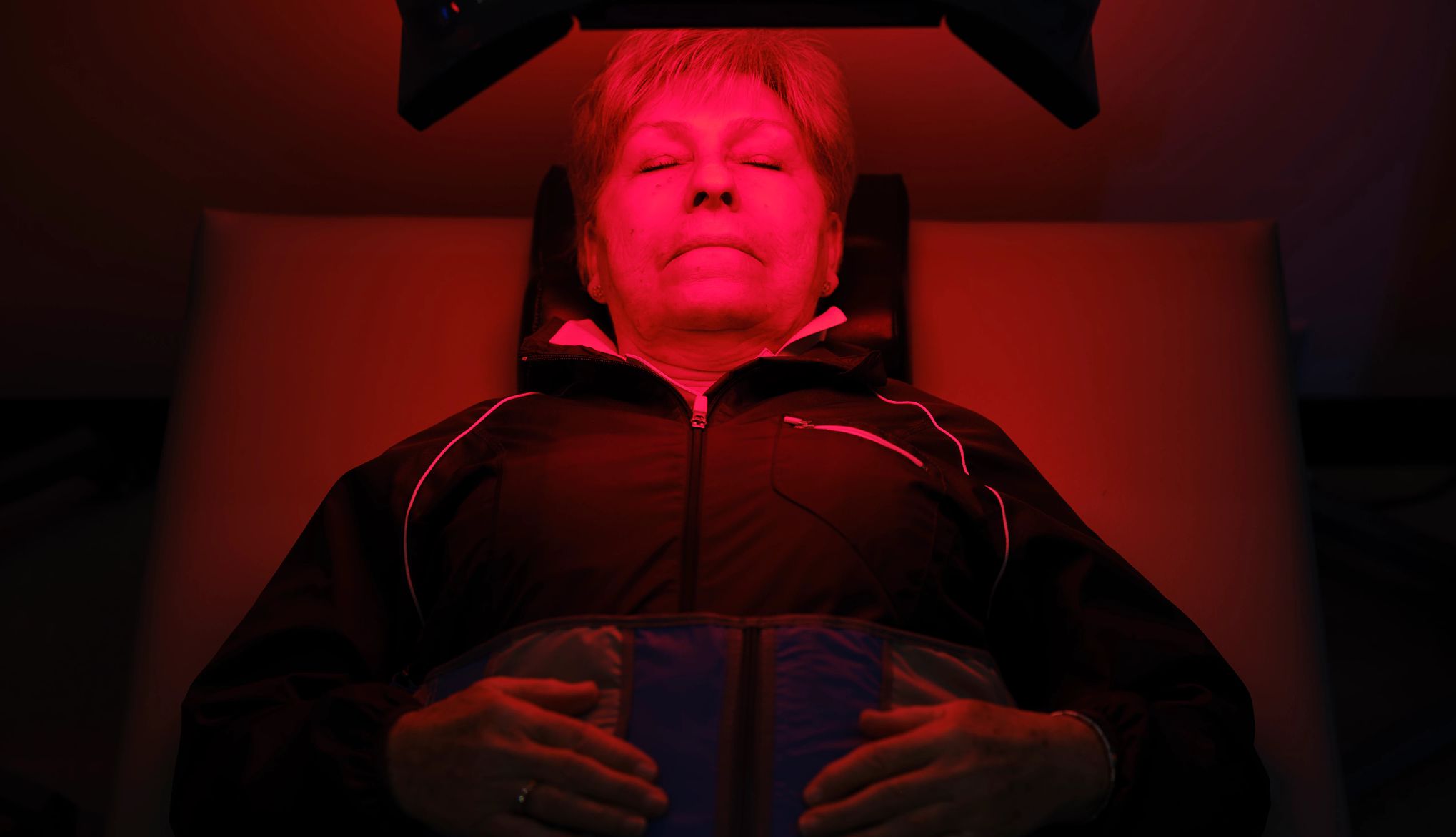AARP Hearing Center


The skin rejuvenation industry has undergone a transformation over the years. Where we once concealed wrinkles with makeup, now we erase them with Botox, fill them in with fillers, and resurface them away with dermabrasion and lasers. The latest anti-wrinkle trend is red light therapy, also known as light-emitting diode (LED) light therapy, photobiomodulation, and low-level laser therapy (LLLT).
You might have seen ads for home LED masks, which make their wearers look like a cross between a Roman statue and a robot. These devices use low wavelengths of red light to treat skin conditions like wrinkles and age spots. Dermatologists offer a more potent version of red light therapy using a special wand or light panel.
Before you invest hundreds of dollars in a home mask or professional treatment, you’ll want to know — is red light therapy an effective wrinkle reducer, or a waste of money?
“The evidence we have is promising,” says Hannah Kopelman, a dermatologist at Kopelman Aesthetic Surgery in New York City and DermOnDemand. “I’ve seen firsthand how my patients’ skin texture and elasticity improve over a series of treatments. That said, I’m always clear with patients that results are gradual and cumulative, so it’s not a ‘quick fix’ like some other procedures.’”
How red light therapy works
NASA accidentally discovered the skin-improving benefits of red light in the 1980s and 1990s, while studying its ability to grow plants in space. Scientists who worked under LED light for long periods of time noticed that cuts on their hands healed more quickly than usual. Eventually, researchers began studying it for the treatment of skin conditions like acne, scars, psoriasis and wrinkles.
Red light therapy delivers low level wavelengths of red light to the skin. The light is thought to smooth wrinkles by acting on mitochondria, which you might remember from your high school biology class as the “powerhouse” of the cell. Mitochondria generate the energy that skin cells need to repair and regenerate themselves
The light also stimulates fibroblasts, cells that produce the proteins collagen and elastin. “Collagen and elastin are essential for keeping skin firm and smooth. As we age, collagen production naturally slows down, which is why wrinkles and sagging occur,” Kopelman says. “I tell my patients that red light therapy boosts the skin’s ability to rebuild collagen and elastin, leading to a smoother texture, more elasticity, and reduced fine lines. It also helps improve circulation, which brings oxygen and nutrients to the skin.”




































































More From AARP
Why Do We Get Wrinkles as We Age?
Sun exposure is a major reason, but other factors are harder to control
8 Most Common Skin Conditions After You Turn 70
Most older adults require treatment for at least one skin ailment
AARP Smart Guide to Sun Protection
SPF is just one important factor — here are more tools that can help in preventing damage from harmful rays